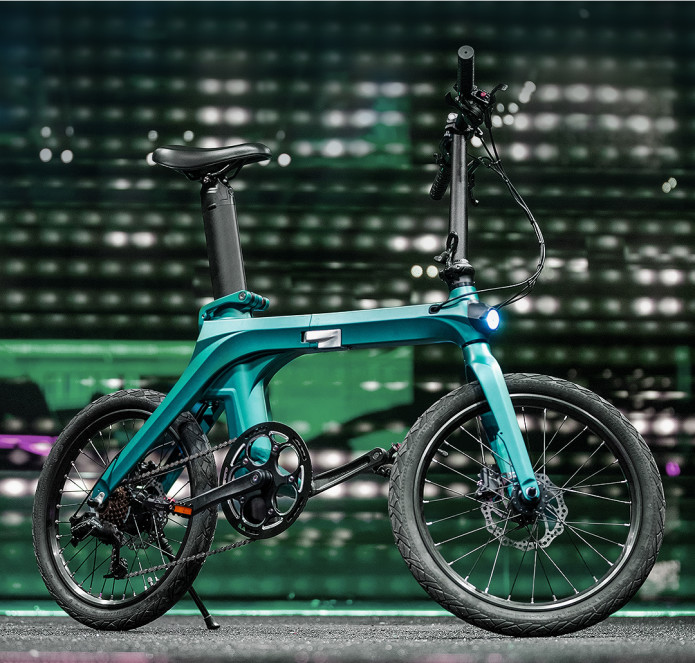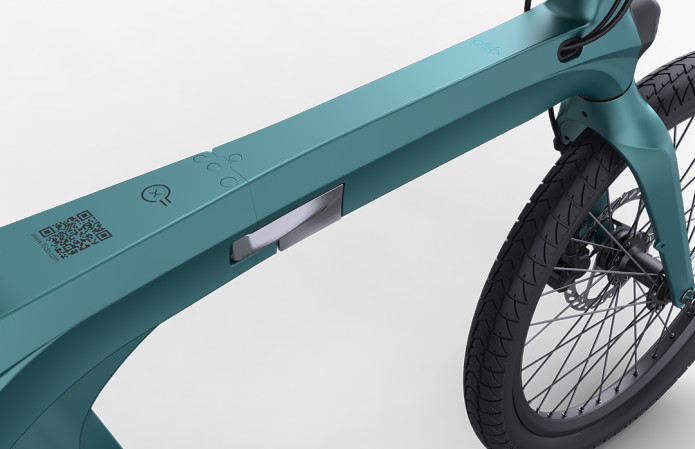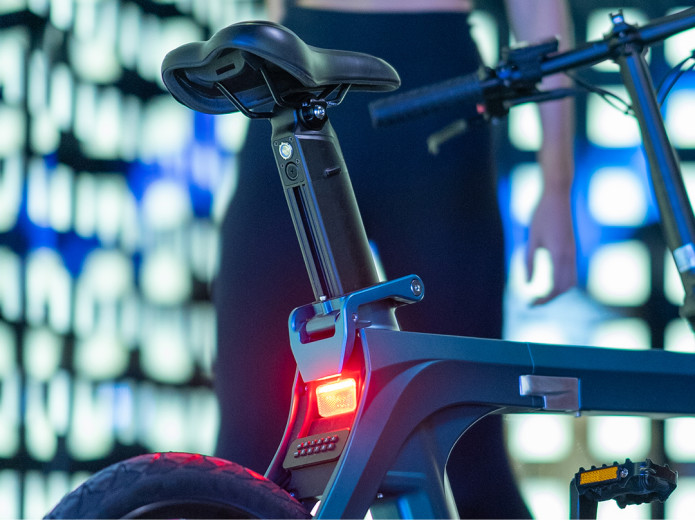Enter the Fiido X. Launching on Indiegogo today, the bike offers a refreshed, cleaner design than the D11 that tidies up most of my biggest pain points with the original. It also includes a torque sensor, which has the potential to make for a dramatically smoother pedaling experience, as well as improving range somewhat. It’s currently going for an introductory price of $1,099 for the model most people will want, or $899 for a lighter model with reduced range. First, a disclaimer about Indiegogo products. With very rare exceptions, we don’t cover crowdfunding campaigns unless we’ve used a working prototype, or we’ve interacted with the company’s products previously. We have not yet used the Fiido X, but Fiido did deliver on the D11 in a relatively timely fashion despite the pandemic. Credit: Fiido Moreover, you’re not funding the R&D for a product here; the Fiido X is actually already in production, and the company plans to begin shipping bikes to backers in September. You should always take crowdfunding campaigns with some caution and expectation of delays, but the Fiido X has more going for it in terms of timely delivery than most products I’ve seen. Like the Fiido D11 before it, the Fiido X is more of a ‘get around town’ bike than a speed demon. The bike comes in 350W (US) and 250W (everywhere else) models, using rear hub motors which are limited to 25 km/h (15.5 mph) and 32 km/h (19.2 mph) speeds, respectively. The motors are rated at 40 Nm of torque, which should be enough to get most riders up most hills in conjunction with the 7 gears, but you’ll have to use some of your own legpower for the steepest ones. Still, the fact that the bike has a torque sensor is a big boon to hill climbing ability. On cadence-type bikes, it can be a struggle to start moving up a hill from a dead stop, but a decent torque sensor should kick in rapidly and provide a large amount of assist, as it can detect how hard you’re actually pedaling, not just your speed. The Fiido X also comes with a design that, at least from the images, looks a lot sleeker than the already pretty slick D11. The bike is using a molded magnesium alloy frame which leads to a cleaner design, and the folding mechanism is now neatly tucked into the frame itself rather than jutting out like a wart. Even the headlight is now smoothly integrated into the headtube. The magnesium frame manages to shave off a couple of pounds too. Specifically, Fiido claims the Fiido X ranges from 16.7 kg-17.5kg (37 lb-39lb), depending on your configuration. That’s lighter than the vast majority of ebikes — there are precious few in the under 40lb club. Fiido also cleans up battery-in-the-seatpost system. Instead of awkwardly connecting the battery to the electronics via a cable, Fiido has designed a rail system that automatically provides power once the battery is in the frame. There’s also a sleeker-looking seatpost clamp, as well as a keyless security system that prevents the battery from being removed easily — a regular concern with the D11. Unfortunately, the bike still does not have any closed loops to provide an ideal location for a U-lock. That battery comes in at 418 Wh, by the way, unless you opt for the cheaper ‘Lite’ model with a 208 Wh battery. Fiido Claims they’re good for up to 130 and 60 km respectively, although I’d anticipate significantly less range than that in real-world use. Still, the larger battery is bigger than the 300-ish Wh batteries you find in most ebikes. While I’d normally worry about a bike with so many proprietary design components, Fiido impressed me with the fact that it stocked replacement parts for almost every single component of its bikes online. Hopefully, the company continues that trend with the Fiido X. There’s a lot to like here if you’re in the market for a lightweight folding ebike with a unique design. You can read more over at Fiido’s campaign here.


